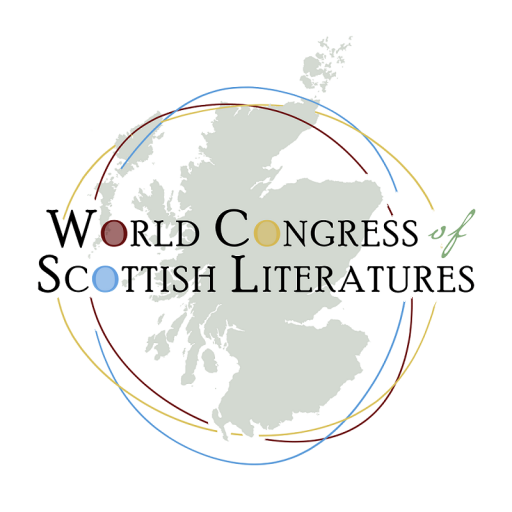Antiquarianism, Medievalism, and the End of the Enlightenment: Ivanhoe and Ethno-nationalism After the Napoleonic Wars
The field of medieval studies has recently been roiled by questions regarding the usage of symbols associated with the Middle Ages by white nationalists in Europe and the United States: Norse runes, Crusader crosses, and heraldic eagles now appear on flags and shields carried in ethno-nationalist marches and at neo-Nazi rallies. The scholars who argue for a global or post-colonial Middle Ages often characterize racist usage of medieval symbols as “modern medievalism,” to distinguish these ideas from the “real” Middle Ages and reputable scholarly opinion. In this view, contemporary ethno-nationalism is corrupting an otherwise pluralistic history and historiography: It is the “modern” in modern-medievalism that is nationalistic and xenophobic. While literary and historical scholarship has not ignored late 19th century European medievalism as an expression of contemporary European imperialism, the early 19th century and its anti-imperialist movements have not been recognized as a source for ethno-nationalism in medievalism. Antiquarianism in the Age of Enlightenment was enamored of Ancient Greece and Rome, and it birthed Neoclassicism in art and architecture. Universal themes of harmony, reason, and restraint were the ideal. Science, toleration, and progress were upheld as the highest goals of all humankind. Instead, the French Revolution devolved into the Reign of Terror and Napoleon’s imperial wars. After the Napoleonic wars, antiquarians turned from the ancient world to that of the Middle Ages. Medieval and medievalism were neologisms of the early 19th century.[1] In Walter Scott’s Ivanhoe, we see the beginning of both medieval studies and ethno-national medievalism. Scott’s novel reflects a disillusionment with the Enlightenment promise of a pan-European origin and culture in Greece and Rome, and the beginning of medievalism as an Orientalist field that eulogizes the Middle Ages as the “pure origin” of the modern European nation-state. Although Wilfred of Ivanhoe supports the Norman King, Richard II, Wilfred’s marriage to Rowena keeps the Saxon lineage “pure.” The evilness of Brian de Bois-Guibert is signaled by his having interchangeable Saracen retainers. Isaac of York, and his beautiful daughter Rebecca, are Jews. The Jews are the original “Oriental other” for Christian Europeans, as it was Napoleon who began the colonization of the Middle East. Rather than reflecting a “modern” medievalism, ethno-nationalism is intrinsically linked to the beginning of the field of medieval studies; and Ivanhoe is an example of how antiquarians began the field by rejecting Napoleon’s desire for a single European state.
Barbara Ellen Logan, University of Wyoming, USA
[1] Matthews, David. “From Mediaeval to Mediaevalism: A New Semantic History.” The Review of English Studies 257, vol. 62 (2011): 695-715.
